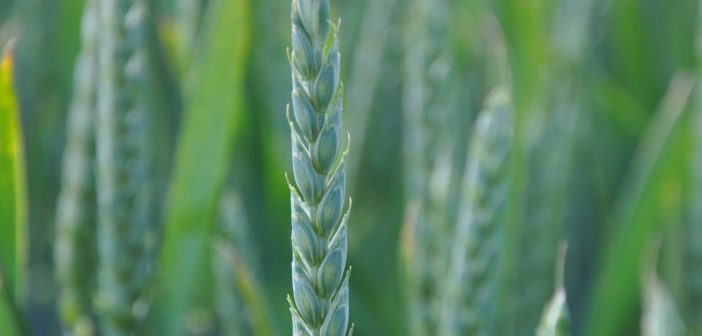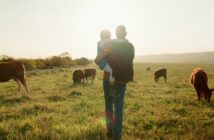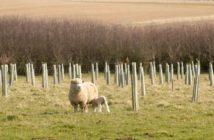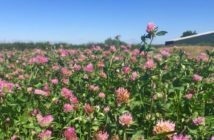Eric Anderson, Scottish Agronomy
Faced with Covid-19 related contraction of demand for spring barley and oats, many growers will want to take advantage of the scrapping of the three crop rule and maximise wheat area this autumn. But that will bring the risk of a disease little-known to Scottish growers: Take-all.
Having seen the Covid-19 downturn in consumer spending passed back up the supply chain, maltsters and oat millers have had to carry over stocks from the 2019 harvest. The talk in both markets is of a significant reduction in demand for 2021 harvest and growers are being advised to seek alternatives. The obvious choice is winter wheat as it offers the most attractive gross margin potential.
Due to the historic diversity in Scottish rotations, very few second wheat crops have been grown recently, so many growers are unfamiliar with the fungal disease take-all. AHDB estimates that half of UK wheat crops are affected and suffer average yield losses of five to 20%. Rotation is a key driver of the disease with second and third straw crops at highest risk before ‘take-all decline’ cuts in.
Wheat and barley are similar in susceptibility but barley is more tolerant. So although you may think of a wheat following spring barley as a first wheat it is actually a second straw crop and therefore at risk of take-all.
A firm seedbed discourages fungal growth. Ploughing buries most of the take-all inoculum, giving seedlings time to establish before their roots reach infective soil, but consolidation after ploughing is vital. Min-til leaves an infective soil surface but has the advantage of leaving a firmer seedbed.
 Take-all inoculum decreases after harvest and the risk to the next crop falls as the interval between harvest and drilling lengthens. Delaying drilling is a useful cultural control in England, but not realistic in Scotland where we need to close the gate by the end of October. And having been caught out by last autumn’s weather growers will want to crack on with drilling as soon as this year’s protracted harvest is over.
Take-all inoculum decreases after harvest and the risk to the next crop falls as the interval between harvest and drilling lengthens. Delaying drilling is a useful cultural control in England, but not realistic in Scotland where we need to close the gate by the end of October. And having been caught out by last autumn’s weather growers will want to crack on with drilling as soon as this year’s protracted harvest is over.
Buying certified seed of known health status, or testing seed if home saving, and judging the key diseases and risks for your crop are important first steps in getting the crop off on the best possible foot and being able to select the most appropriate seed treatment.
Scottish Agronomy’s advice is that second or third wheat crops drilled in time to emerge by mid-October are at greatest risk from take-all, and it is in these situations the take-all specific seed treatment Latitude (silthiofam) will provide the most benefit. For first wheats there is no need for this treatment as a single year’s break continues to be the best way to minimise the disease’s impact.
If you want to add control of the full spectrum of seed borne diseases – Bunt, Septoria nodorum and Microdochium/Fusarium – Latitude needs to be co-applied with a single purpose dressing (SPD) such as Beret Gold (fludioxonil).
At a seed rate of 200kg/ha these two dressings cost around £50/ha with 80% of that being the Latitude. Even at the low end of the AHDB yield loss range this insurance should pay a good return. Trials by manufacturer Certis and independents over 10 years show an average yield response of 0.55t/ha in a medium take-all risk situation rising to 0.74t/ha in a high-risk situation.
A second precaution we advise is to have seed, whether commercial or farm-saved, tested for Microdochium/Fusarium. Due to the weather in the run up to harvest, Microdochium levels are elevated and if your winter wheat seed result comes back from testing with greater than 10% infection, an SPD such as Beret Gold is essential. Your merchant will have tested seed for germination but not necessarily for seed borne Microdochium/Fusarium, so you have to specifically request it.




